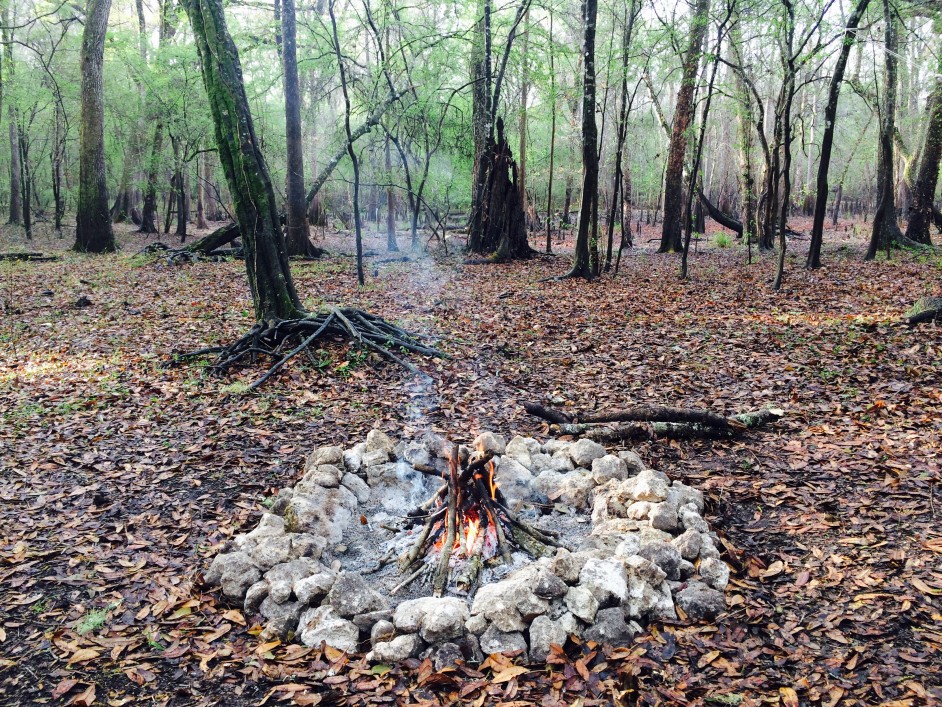*** 4 basic needs = Food, Water, Shelter & Weapon ***
Learning Objectives: To be able to create a basic camp site, find food, water sources and shelter construction.
Health Checks – make sure you are physically and mentally fit to explore your camping destination.
Research – the more detailed information you can gather, the better your survival chances.
- Weather
- Plant Life
- Animal Life
- Water Sources
- Mountains
- Ice
Group Camping
Consider each person’s abilities. Discuss and delegate responsibilities with members.
- Medic
- Cook
- Mechanic
- Driver
- Navigator
P. L. A. N.
Protection – protection from any harm
Location – for rescuers or protection
Acquisition – food & water (ration items)
Navigation – if stranded, stay put
Knives
- Invaluable asset in survival situations
- Strong handle, general purpose blade
- Sandstone, quartz and granite will sharpen tools (rough side to clean, fine side for edges)
Survival Stresses
- Fear and anxiety
- Pain, illness and injury
- Cold and/or heat
- Thirst, hunger and fatigue
- Sleep deprivation
- Boredom
- Loneliness and isolation
Keep Fluid Loss to a Minimum
- Rest
- Stay in shade
- If no shade, make a shelter
- Eat as little as needed
- Don’t talk, breathe in/out of nose, not mouth
- STAY POSITIVE!
Finding Water
- Bottom of valleys or where it naturally drains
- Dig in gullies or dry stream beds
- In mountains, water gets trapped in crevices
- Coastal areas, dig above high water line, look for lush vegetation in faults in cliffs
Food
- Carbohydrates
- Proteins
- Minerals
- Trace Elements
- Vitamins
Edibility Test
- Inspect
- Smell
- Lips, mouth, tongue
- Swallow
- Safe / Not safe
Avoid Any Plant with a Milky Sap; Unless Positively Identified
- Red plants
- Fruit divided into 5 segments
- Plants with tiny barbs
- Old & wilted leaves
- Mature bracken (fern)
2 Types of Poisons
- Hydrocyanic acid (prussic)
- Oxalic acid
Tracks & Signs
- Most big animals move during the day.
- Most small mammals eat at night, including the predators that feed on them.
- Trails are clearest on wet ground.
- Determine age of track by sharpness & moisture. The clearer it is, the more recent.
- Look for disturbances among vegetation & trees.
- Feeding signs, bones of deceased animals or plants
- Droppings (break open with tool to find feeding habits)
- Rooting (digging to find roots & insects)
- Scent & smell
- Burrows & dens
Weapons
- Spear – 6ft is ideal, 36 inches for throwing
- Bow & Arrow – hickory, juniper, oak, white elm, cedar, ironwood, birch, willow & hemlock
- Arrow – birch is best
Shelters
- Teepee (taller is more rain proof, at least 4 poles)
- Lean To (make L shape with debris & cover as needed)
- Shelter Sheet (fence like design with wall covering)
Fire
- Kindling & tinder
- Adequate ventilation for fire. The more oxygen introduced, the brighter the fire.
- Collect sufficient supplies of tinder, kindling & fuel. Prepare fire so you can control it.
- If ground is wet, build fire on top of something.
- Sunlight through a lens
- Powder from ammunition
- Flint or strike on steel for sparks
- Fire bow
- Hand drill
Note: Save energy, don’t chop wood; break it over rocks or another sturdy tree. Also burn the logs in half when fire is hot.
